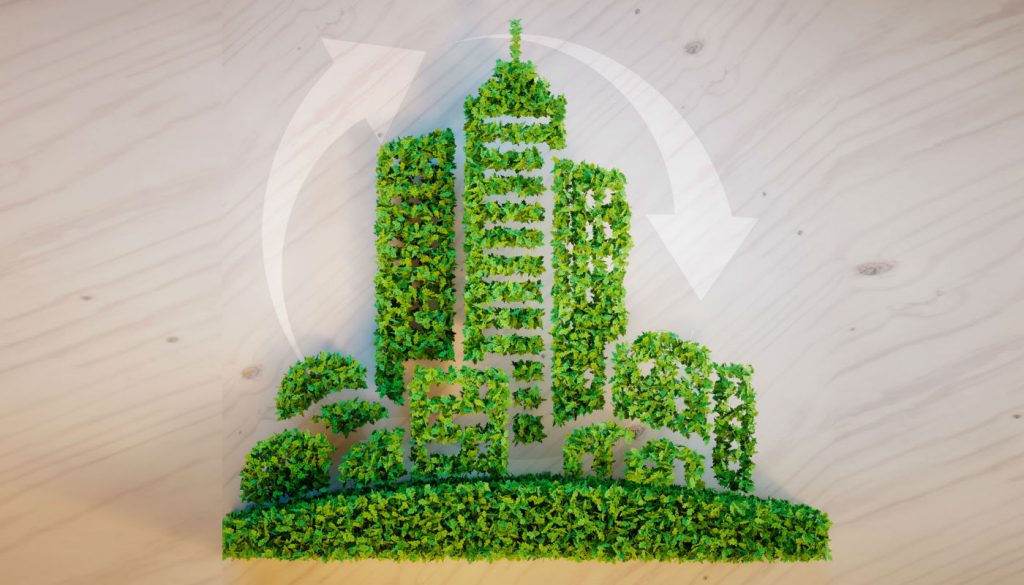Using materials made from organic waste could help the construction industry reduce its environmental footprint and contribute to the war on waste.
A new model for sustainable urban construction could see millions of tonnes of organic waste diverted from landfill to make eco-friendly building products. These materials would themselves be reused at the end of their life to advance the war on waste.
Multinational infrastructure firm ARUP has published a report that provides guidelines for replacing traditional construction materials with alternatives made from organic waste.
“It is time to move beyond the worn out make-use-dispose models in our sector,” Arup Director for Global Management Consulting Carol Lemmens said in the report.
“We have the ambition, capabilities and mindset to decouple economic growth from resources consumption.”
According to the report, The Urban Bio-Loop, organic waste in landfill releases more carbon dioxide per kilo than waste that is composted or incinerated. In 2010-11, Australia generated around 14 million tonnes of organic waste; 47 per cent was disposed of in landfill, while the rest was recycled or used in energy recovery.
The report identifies several organic waste streams that can be turned into products for building and construction. In the long term, this approach could see self-sustaining cities and suburbs that actively feed organic waste into supply chains for infrastructure materials.
Using organic waste for construction and later recycling it back into the biocycle is dubbed ‘the circular economy’. This has the potential to increase the economic benefits of waste management while benefitting society and the environment.
Examples of this circular economy already exist. Case studies include BIQ Hamburg, the world’s first building to use algal facades to generate heat and biomass for renewable energy. It has structural glass bioreactors that the building services system uses to distribute, store and use solar thermal heating.
This new building and economic paradigm has also attracted support in other parts of Europe.
“The City of Amsterdam is convinced that the circular economy carries enormous economical and ecological potential for the city and the region, especially when focusing of the value chains of construction and biomass in the built environment,“ said Esther Agricola, director urban planning and sustainability at City of Amsterdam.
Another initiative, the BioBuild project has developed bio-based building materials from natural fibres including flax, as well as waste resin from sugarcane and corn crops. Mushroom bricks also have potential as a sustainable structural element, but have not yet been used in permanent structures.
One risk to the model is that organic waste is not of a constant volume, but varies with the seasons. Particular crop-based waste might also be affected by changes to the climate. However, these risks could be tempered through storage and using a variety of natural sources.
The report estimates that organic waste is worth six times as much as its current value when recycled as building material. It also flags the potential for the war on waste to spawn a new industry, including: startups and small to medium enterprises to invest in green construction ventures; maker labs to develop products and services; and companies specialising in collection and processing of the organic raw materials.
